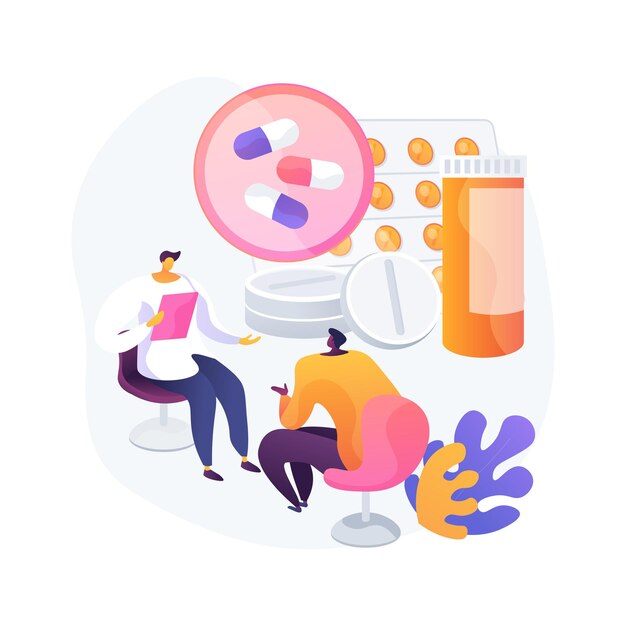
The illegal use of opiates is a significant problem, as is the prolonged use of prescription opiates. Opiates come with numerous side effects. A study by the Substance Abuse and Mental Health Services Administration found that the U.S. consumes 80% of the world’s opiates. Opiates are narcotics that affect brain receptors, leading to an extended high. Some, like heroin, are illegal, while others are prescribed for severe or chronic pain. Legal or not, prolonged or high-dose opiate use can lead to significant issues.
Opiates are synthetic or semi-synthetic drugs that originate from opium, specifically morphine. Morphine is a common painkiller used both at home and in hospitals. Other opiate-based medicines include drugs like Vicodin, OxyContin, Norco, Lortab, and Percocet, which are based on hydrocodone and oxycodone. Powerful narcotics such as Dilaudid and Fentanyl are also used to tackle severe pain, and carfentanil is used in veterinary medicine. The widespread addiction in the U.S. has driven illegal markets for these drugs. Heroin, classified under Schedule 1 by the Drug Enforcement Administration, holds no medicinal value. In contrast, prescribed painkillers like hydrocodone and oxycodone are Schedule 2 drugs. Due to tighter regulations on prescriptions, many turn to heroin and illegal painkillers. Dealers often mix drugs like fentanyl with heroin to increase potency, risking overdoses.
Opiates form habits by binding to brain, spinal cord, and nerve receptors, which normally help dull pain. Drugs alter this system, releasing dopamine, which creates euphoria and relaxation, leading to addiction. Even under medical supervision, dependence and tolerance can develop, requiring larger doses for the same effect. Physicians monitor long-term users for addiction signs and adjust dosages accordingly. Withdrawal can cause physical and psychological symptoms, often needing medical supervision.
Short-term use of opiates results in varied effects like mood swings, drowsiness, and confusion. They can cause sedation, nausea, and slowed respiratory and heart functions, among other effects. These impacts appear quickly after ingestion, varying based on drug type and dosage. Users often enjoy a euphoric high, with side effects like dry mouth, limb heaviness, and altered alertness. Heroin offers a short, intense high, while morphine’s effects can last longer.
However, opiates also lead to respiratory issues like shallow breathing, mental impairments, and physical dependence. They can severely weaken the immune system, impact gastrointestinal function, and cause temperature fluctuations. Overdosing on opiates can halt vital bodily functions, often resulting in the need for immediate medical attention.
Regular use can lead to health complications, addiction, and even mood disorders. It’s crucial to address opiate addiction alongside any mental health issues it might exacerbate, like depression and anxiety. Opiate abuse affects every system in the body: it slows digestion, weakens the immune system, and impairs physical coordination. The liver, especially when opiates are mixed with other substances, can suffer significant damage.
Dependence on opiates poses a risk of contamination and infection, particularly for those injecting drugs like heroin. The physical impacts of long-term use include constipation, nausea, and hormonal imbalances. Opiates can lead to greater mental health issues, such as depression and cognitive deficits.
Long-term effects highlight serious health risks: infections from needle sharing, heart damage, increased susceptibility to diseases, and alterations in brain chemistry. Continued use diminishes the body’s ability to handle pain naturally while increasing the potential for severe health complications. Opiate abuse can instigate hormone issues, respiratory depression, and brain damage due to oxygen deprivation.
For those prescribed opiates to manage pain, it’s important to consider alternative treatments if faced with long-term side effects. Consulting with a specialist can help find other ways to manage pain effectively and safely.